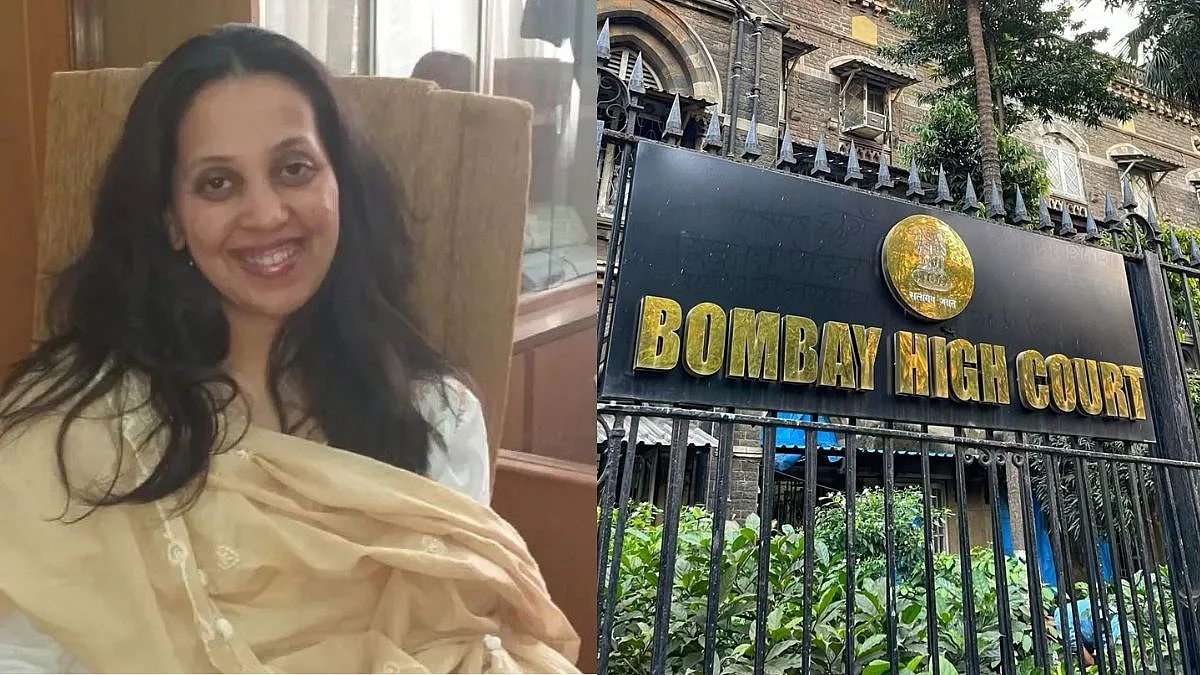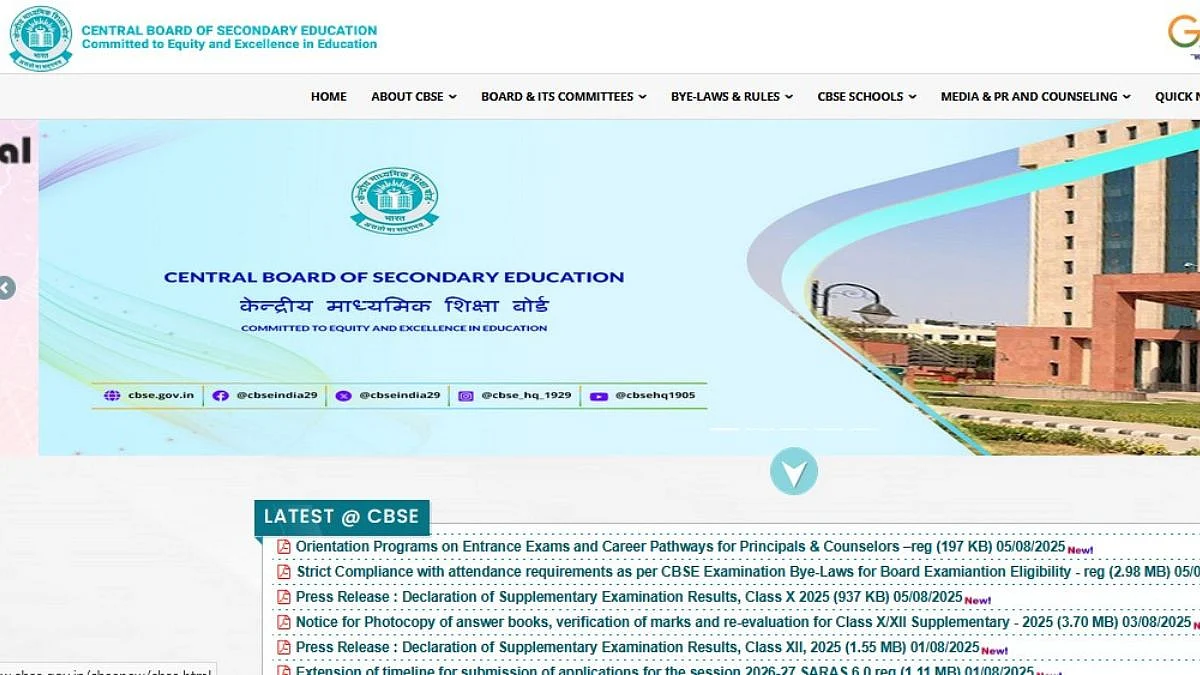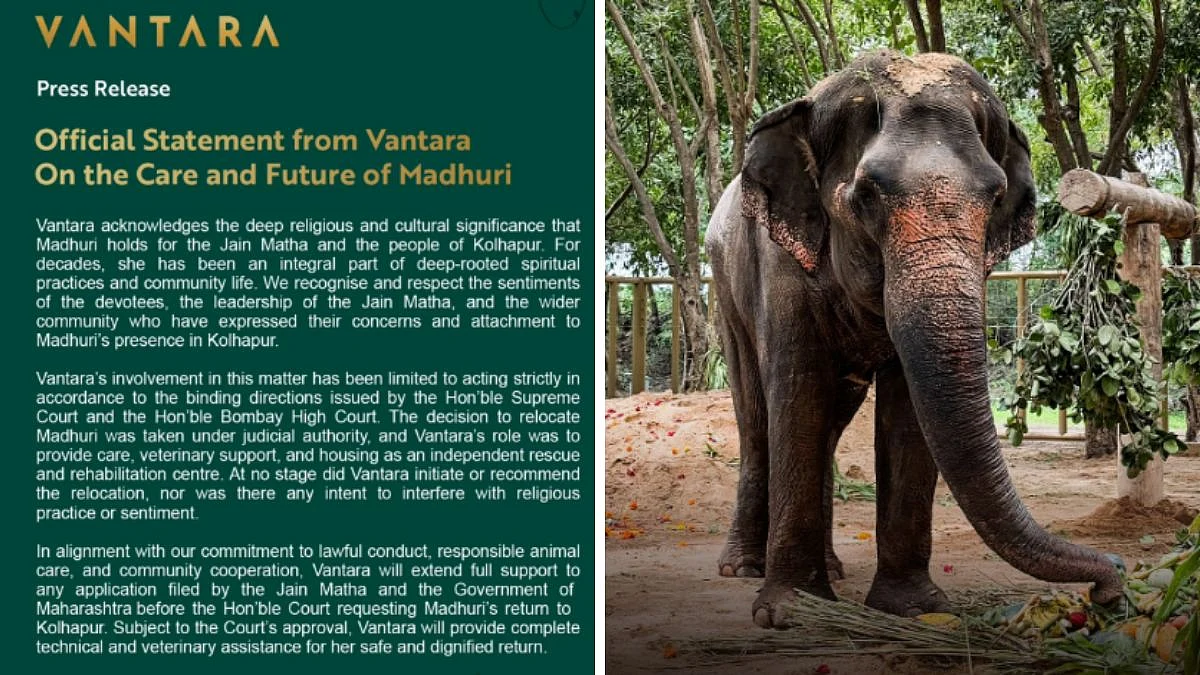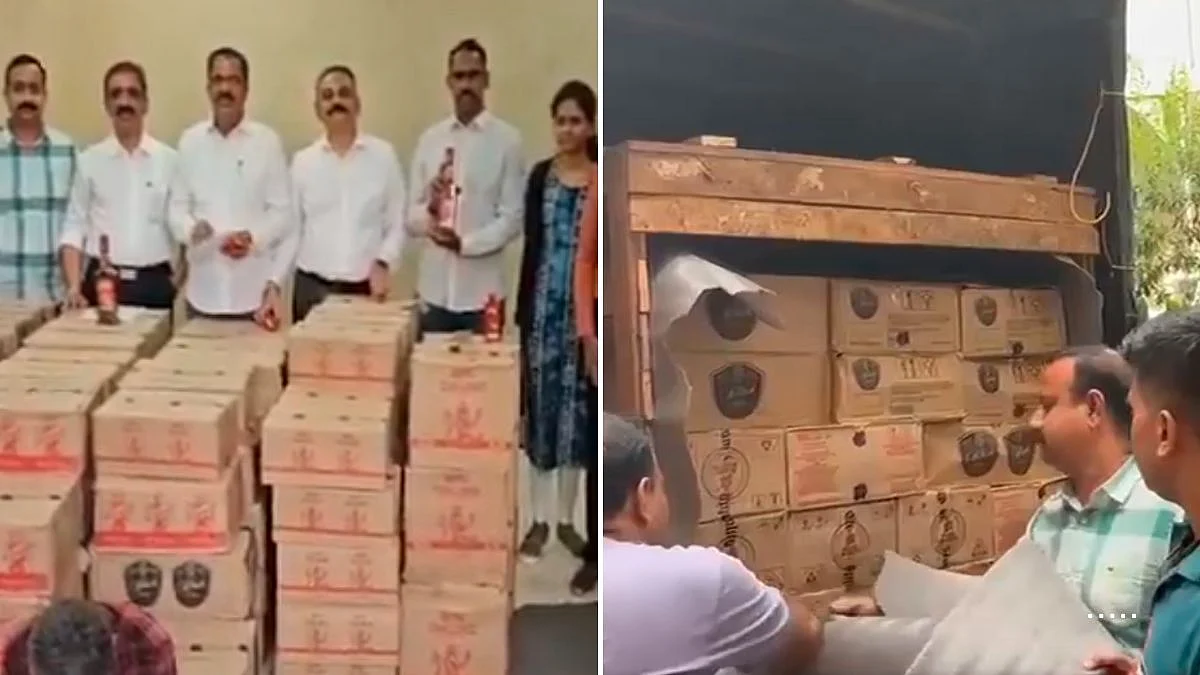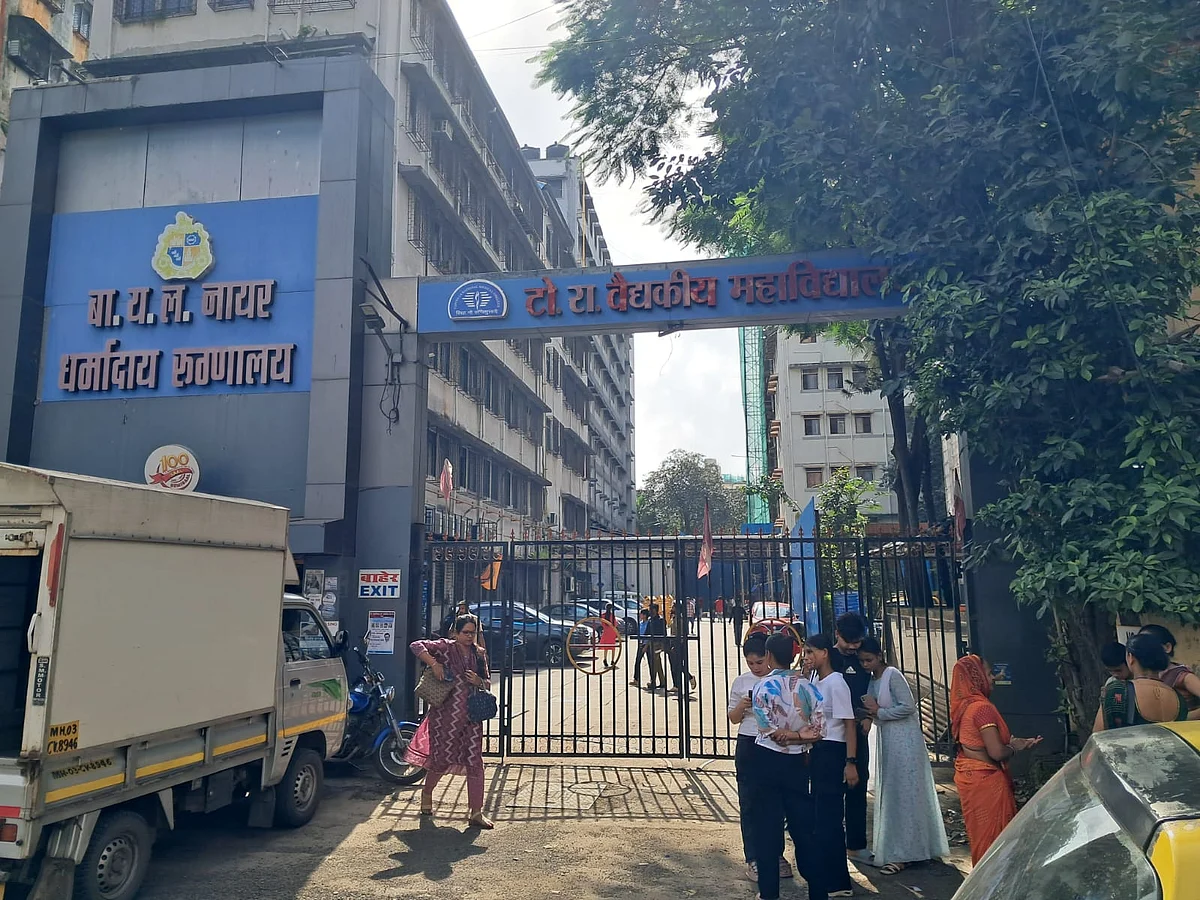Mumbai: With the increasing levels of air pollution in Mumbai, the Brihanmumbai Municipal Corporation (BMC) has updated the guidelines for construction sites that were issued last year. The city administration will also create teams in each neighbourhood to inspect construction sites and take action if rules are violated.
Following an extensive conversation during the Monday meeting, civic leader Bhushan Gagrani directed for the installation of sensor-based air pollution monitoring systems at all construction project work sites, with immediate steps to be taken in case pollution levels exceed the limit.
Furthermore, all projects undertaken by the BMC and Metro authorities, such as bridges and flyovers, must now include barricades that are 25 feet high.
Construction-related rules apply to private, government, and semi-government bodies such as the Slum Rehabilitation Authority, Maharashtra Housing and Area Development Authority, Maharashtra Industrial Development Corporation, Maharashtra State Road Development Corporation, Mumbai Metropolitan Region Development Authority, Mumbai Port Trust, Airports Authority of India, and Railways.
A group of enforcement teams, including two engineers, one police officer, and a marshal, will be visiting the relevant premises. If it is discovered that the rules are not being adhered to, work will be halted and the site will be closed right away. The MPCB will monitor air pollution from different industries at the same time.
Guidelines Issued By BMC
All project proponents must install a 35-foot-tall sheet/metal barrier around construction projects taller than 70 metres.
All projects larger than one acre must have a sheet/metal cover extending at least 35 feet around them, while projects smaller than one acre must have a cover of at least 25 feet.
Covering all construction sites or buildings being demolished with green cloth, jute, or tarpaulin on all sides is required.
Water should be consistently spread or sprayed during the process of demolition, when loading and unloading construction materials, and when dealing with any other materials that create dust.
All construction material transporting vehicles must have complete covering.
CCTV cameras need to be placed on every side of all project locations.
It is important to install sensor-based air pollution monitoring systems at every workplace.
Operations such as grinding, cutting, drilling, sawing, and trimming should be done indoors with continuous water spraying to avoid the scattering of dust in the air.
BMC Resolving Air Pollution Issue
BMC and the Automotive Research Association of India are partnering to create an emission inventory over three years, starting out in September 2024. The inventory will include a range of pollutants and monitor the pollutant load from industries, vehicles, road dust, residential areas, and construction sites.
The establishment of the proposed air quality early warning decision support system by the Indian Institute of Tropical Management will be supported. An official stated that the warning system would allow the civic body to forecast air quality incidents ahead of time, preventing a major air pollution event.
BMC has stated in a report by TOI that air quality in Mumbai Metropolitan Region (MMR) is impacted by neighboring districts as well as local sources of pollution.
The pollutants inventory will include PM2.5, PM10, NOx, and SO2, among others, and will be mapped onto a high-resolution grid with a spatial scale of 2x2 sq km.
The grid aids in analysing and identifying pollution hotspots by breaking down data into smaller areas. It will also aid in accurately assessing the spread of pollution sources throughout the area. Surveys will be conducted in different areas of MMR to recognise and chart pollution activities.
The air quality alert system will gather particulate matter data from Maharashtra Pollution Control Board stations and Safar agency in Mumbai, along with data from 70 sensor-based monitoring systems and satellite-retrieved aerosol optical depth data. The system will produce predictions 3 days ahead, enabling BMC to implement short-term and long-term measures to reduce risks.
The warning system is anticipated to give accurate details about the possible origins of poor air quality while predicting occurrences. The data offered by it will assist the local government in overseeing and regulating sources of emissions, allowing them to make decisions to address any decline in air quality.




